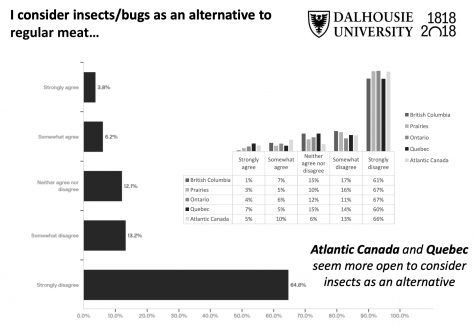MARK 305 Consumer Behavior (Fall 2019 edition)
Here are some starting points for succeeding the final project at JMSB’s (Concordia University) MARK 305 Consumer Behavior course. Remember to think about who produces what kind of information and in which format:

1. Consumer behavior trend analysis: Where do we find information about emerging trends in CB?
- Free web sources recommended by Olivier, your librarian. These sources showcase unique data, e.g. “new data” not found elsewhere, that have been posted on the Internet by trustworthy sources:
- Canada post: research into e-commerce
- Nielsen Canada’s “Insights” blog
- Nielsen produces this yearly report for the Québec government titled: Ventes au détail de produits alimentaires dans les grands magasins au Québec en 2017
- Also of interest: Le bioalimentaire économique — Bilan de l’année 2018
- CRTC’s annual Communications Monitoring Reports, talks about consumption of media in Canada and its impact in media outlets, e.g. ADVERTISING
- CEFRIO’s Enquêtes & Données (partially free & teaser content)
- PwC’s Canadian Retail & Consumer Industry outlook & reports
- Make sure you check out the website of the trade association for your industry!
- In addition to the above, I recommend the following subscribed databases listed on Concordia University Library’s Business Research Portal
- Passport from Euromomnitor: MEGATRENDS and Consumer Lifestyles in Canada. Search for the full category tree.
- Vividata’s Dapresy Cross Tab Reports: yearly survey of Canadian consumers.
- It is easy to fund trivia and fake news on Google: did you find the best source? The most trustworthy? The most authoritative?
2. Industry/company analysis: size, key players, strategies
- For this part, your librarian (me!) recommends the following databases listed on the Library’s Business Research Portal
- Passport from Euromomnitor: this time, use the “industry reports” section to learn more about your industries
- IBISWORLD reports: this system is in the “industry analysis” section of the Business Research Portal
- ProQuest Business Databases: find articles by searching for the name of the trade associations, major players, industry name or consumer trend concept. Focus on articles from trade journals and academic/peer-reviewed/scholarly journals
- Do you really think Google can help you with this one?
3. Consumer analysis: demographics, size of the target market and their consumption process (pre-during-post)
- Remember: you’ve already learned so much! Don’t forget to use what you’ve found already!
- Statistics Canada
- StatCan’s 2016 Census: use the Data Tables section to generate counts of the population based on the demographic make-up of your target market
- Data from StatCan: explore additional datasets
- Try creating a color density map with the Library’s SimplyAnalytics
REMEMBER: Cite your sources! Use the citing business databases in APA format

